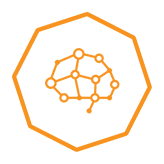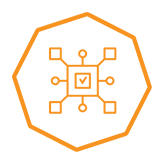
About Octo
Octo, an IBM company, is a technology firm dedicated to solving the Federal Government’s most complex challenges, enabling agencies to jump the technology curve. We modernize and innovate by providing Artificial Intelligence, DevSecOps, Cloud and Infrastructure, Data Management and Analytics, Cybersecurity, and Low-Code No-Code.
Octo HQ
10780 Parkridge Boulevard
4th Floor
Reston, VA 20191
© 2024 Octo Consulting Group® | All Rights Reserved











